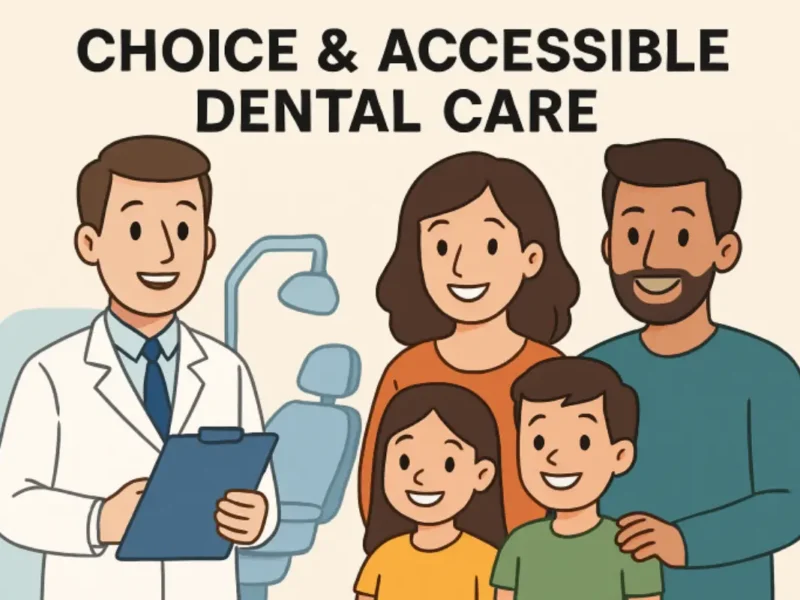As our beloved pets age, their needs and preferences change, much like our own. Ensuring that they live out their golden years in comfort and safety is a priority for pet owners who see their furry companions as members of the family. This article will explore the various aspects of creating a safe and comfortable environment for aging pets, offering practical tips and considerations to help improve their quality of life.
By understanding the unique needs of senior animals, making necessary modifications to the home, and planning for end-of-life care, pet owners can help their pets live longer, healthier, and more fulfilling lives.
Contents
Understanding the Needs of Aging Pets
Aging pets often face a range of health challenges and physical limitations. Conditions like arthritis, decreased mobility, diminished vision, and hearing loss are common as pets grow older. Additionally, changes in behavior, such as increased anxiety or altered sleeping patterns, may also occur.
Understanding these evolving needs is crucial for providing appropriate care and making necessary adjustments in their living environment. Senior pets may also require more frequent veterinary check-ups and monitoring to manage chronic conditions effectively.
Making the Home Comfortable
To support the well-being of aging pets, making the home environment as comfortable as possible is essential. Start by providing a warm and cozy sleeping area. Consider using orthopedic pet beds that offer extra cushioning to relieve pressure on joints. Place these beds in quiet, draft-free areas away from high traffic zones to minimize stress and disturbance.
Additionally, ensure that food and water bowls are easily accessible, ideally at a height that reduces the need for your pet to bend or stretch excessively. Non-slip mats under bowls can prevent spills and provide stability. For pets that enjoy lounging outdoors, create a shaded and safe space where they can relax without exposure to harsh weather conditions.
Safety Modifications
Safety is a top concern when caring for aging pets, who may be more prone to accidents or injuries due to decreased agility and awareness. Simple modifications around the home can make a significant difference. Install ramps or pet stairs to help them navigate furniture or access elevated areas such as couches and beds.
This is especially beneficial for pets with arthritis or mobility issues. Remove potential hazards like loose rugs, electrical cords, and clutter that could cause tripping. Additionally, consider using baby gates to restrict access to stairs or other areas that may pose a risk. For pets with vision impairment, maintaining a consistent layout in the home will help them navigate more easily.
Health and Wellness Monitoring
Regular monitoring of your aging pet’s health is vital to address any issues early and ensure they receive appropriate care. Schedule routine veterinary visits to keep track of their overall health and manage any chronic conditions.
Discuss any changes in behavior, appetite, or physical abilities with your vet, as these could indicate underlying health issues. Your vet may recommend specific tests or screenings based on your pet’s age and health status.
Additionally, consider keeping a health journal for your pet, noting any changes or symptoms you observe. This record can be a valuable tool for your veterinarian, helping them make informed decisions about your pet’s care. Regular grooming and dental care are also important, as older pets may be more prone to dental issues and skin problems.
Planning for End-of-Life Care
I have read an insightful resource from a Portland local emergency vet services called Compassionate Care, highlighting that planning for end-of-life care is a crucial aspect of managing the well-being of aging pets. It involves thoughtful consideration and compassionate decision-making to ensure that your pet’s final days are as comfortable and peaceful as possible.
Maintaining open communication with your veterinarian about your pet’s well-being helps guide you in making compassionate decisions. When it comes time to say goodbye, options like pet aquamation and cremation offer a gentle and respectful way to honor your pet’s memory.
These services provide dignified and compassionate methods for handling your pet’s remains, reflecting the love and care you’ve given them throughout their life. By choosing one of these options, you can not only celebrate your pet’s life but also find closure and peace as you navigate the difficult process of saying goodbye.
Conclusion
Creating a safe and comfortable home for aging pets requires thoughtful consideration and planning. By understanding their changing needs, making necessary adjustments to the home environment, ensuring regular health monitoring, and preparing for end-of-life care, pet owners can provide their senior pets with the love and care they deserve in their later years.
Taking these steps not only enhances the quality of life for pets but also strengthens the bond between pet and owner, making every moment together even more precious.



